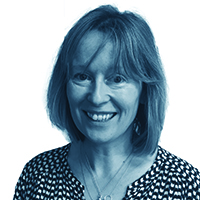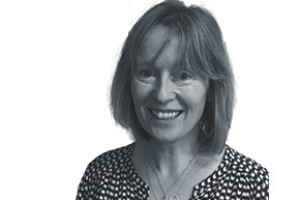
On my return to general practice in this country after just under two years in New Zealand, I had to make several adjustments. One was to the ten-minute consultation. This came as a rude shock.
A more welcome adjustment was to the removal of the burden of billing the patient for their care. In both New Zealand and Australia, 15 minutes is the normal length of time for a standard consultation. The patient pays for this time, and extra time is (in theory) also charged to them, at the discretion of the doctor.
In practice any extra charges are difficult to enforce, particularly for the (usually) billing-averse NHS-trained GP, and this leads to a constant tension between one’s sense of duty and fairness to the patient, desire to nurture the doctor-patient relationship, and obligation to one’s employer, who is running a business, and understandably keeping a close eye on the practice’s daily income.
To begin with 15 minutes seemed to me an incredible luxury. I soon came to realise that, just as nature abhors a vacuum, patient need simply expands to fill whatever time is allocated to it. The extra time meant that more was brought to the table, or more literally to the examination couch; the day was structured so that patient appointments stretched from 8 am to 5pm, with a nominal hour for lunch, often cut down to a hasty 20 minutes given the usual demands and uncertainties of the primary care clinical workload, combined with the fact that there is no time allocated to paperwork.
Home visits are exceedingly expensive, which puts people off requesting them
The middle chunk of the day that we UK GPs have traditionally used to complete tasks, write referral letters, deal with insurance paperwork and forms of every kind, sort out prescriptions, and visit our patients just doesn’t exist over there. The entire day is spent interacting with patients, in short. Paperwork is done after hours, in my case on my laptop with remote access, and, therefore, for free (an ongoing gripe of mine, and of my colleagues).
Home visits are a rarity, usually pre-arranged, and generally reserved for the terminally ill; any other sort of visit request throws a figurative grenade into the day, and makes the receptionists break into an anxious sweat, as visits of this sort can only be accommodated by cancelling several consecutive pre-booked surgery consultations. They are exceedingly expensive, which puts people off requesting them. A visit to the emergency department is cheaper (public hospital services are free at the point of use, as in Britain) – as long as you don’t require an ambulance, which incurs a hefty charge.
General practice in New Zealand has more similarities to its counterpart in the UK than differences. It remains, broadly-speaking, the same job. The relationship that is built up between doctor and patient is what makes the job so unique and so privileged, but also so anxiety-provoking, to those of a certain personality type. Overall, I did find the job more palatable over there, because of the longer appointment times and the greater efficiencies built into the IT systems.
I appreciated the rarity of home visits, too. I wouldn’t dream of working eight sessions a week here, but managed this with relative ease in New Zealand, dropping to six sessions after a few months once our family situation had stabilised.
As a patient, I loved the accessibility of my own doctor. Yes, I had to pay to see her (the equivalent of about £15). But to an infrequent attender like myself, the charge meant little, and was more than compensated for by her ability to see me within 24 to 48 hours of me phoning up for an appointment. I miss that sense of security.
In theory, I love the NHS. In practice, I can’t get a GP appointment in this country for myself or for my children in under three weeks. That makes me very, very nervous.
Dr Kate Harding is a locum GP and hospice doctor in Herefordshire
Pulse October survey
Take our July 2025 survey to potentially win £1.000 worth of tokens












